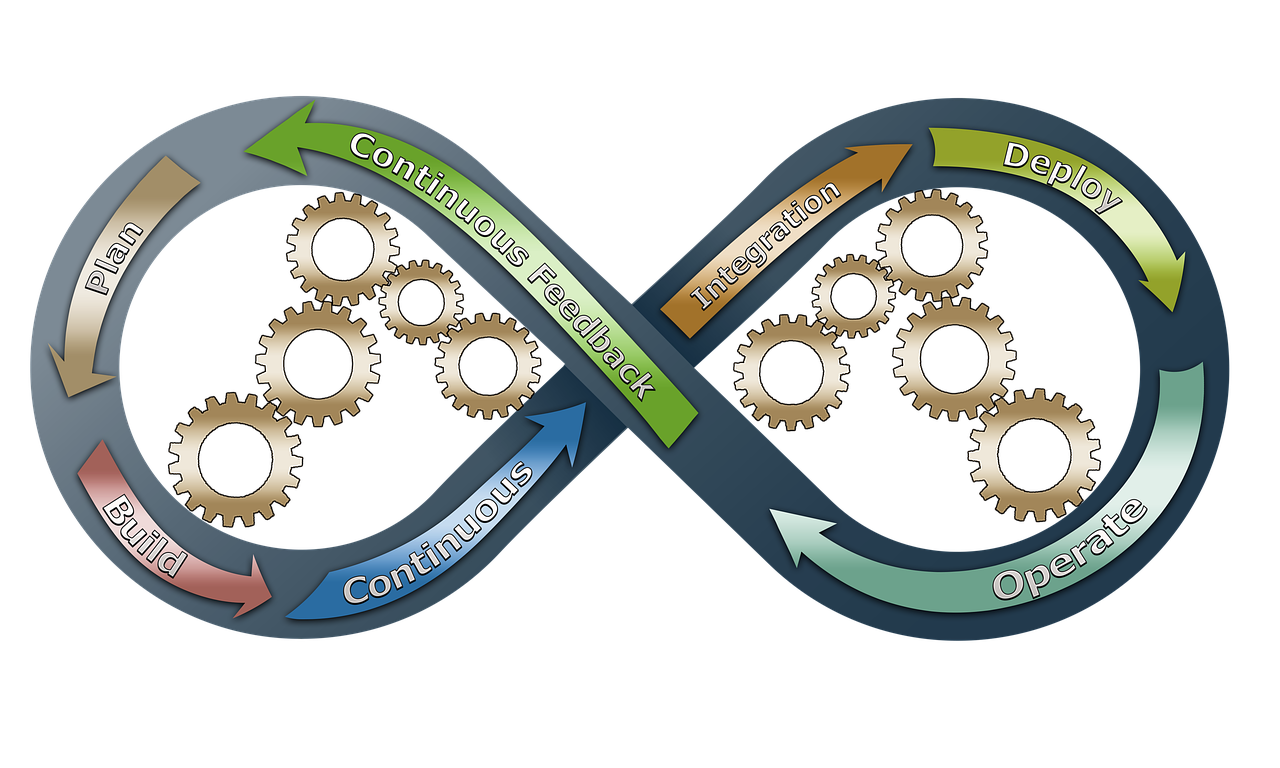Measuring the Success of a Customer-Centric Approach
To ensure your customer-centric strategies are yielding results, it’s crucial to measure their impact. Here are some key performance indicators (KPIs) and examples of companies that’ve used them successfully.
Customer Satisfaction Score (CSAT)
One of the most direct ways to measure customer satisfaction is through a CSAT score, which gauges customers’ feelings about a specific interaction or transaction. Apple, for instance, has consistently high CSAT scores due to their relentless focus on user-friendly design and top-notch customer service.
Net Promoter Score (NPS)
The Net Promoter Score gauges customer loyalty by asking one simple question: “On a scale of 0-10, how likely are you to recommend our company/product/service to a friend or colleague?” Tesla Motors, despite a lack of traditional advertising, enjoys a high NPS due to its focus on creating electric vehicles that customers are proud to own and recommend.
Customer Churn Rate
The churn rate measures the number of customers who stop using your product or service over a given period. By reducing churn, you not only retain more customers but also increase customer lifetime value. Netflix’s ability to maintain a low churn rate can be attributed to their focus on personalizing customer experiences and regularly updating their content library.
Customer Lifetime Value (CLV)
CLV predicts the net profit attributed to the entire future relationship with a customer. By increasing CLV, businesses can achieve more growth from their existing customer base. Starbucks has achieved a high CLV by focusing on customer loyalty programs and personalized marketing efforts.
Customer Effort Score (CES)
This score measures how easy it is for customers to use your product, or service, or get their issues resolved. Amazon excels in this area by continually investing in making their shopping, return, and customer service experiences as effortless as possible.











